Passion fruit — with its vibrant flavor, tropical aroma, and incredible health benefits — has become a sought-after ingredient in global kitchens and health-conscious diets. From fresh markets to juice bars and gourmet desserts, this unique fruit is winning hearts worldwide. But have you ever wondered: where does the world get most of its passion fruits?
In this in-depth article, we’ll uncover the major passion fruit-producing countries, how global supply chains work, and how this tropical gem makes its way from the farms to plates around the world.
A Quick Introduction to Passion Fruit
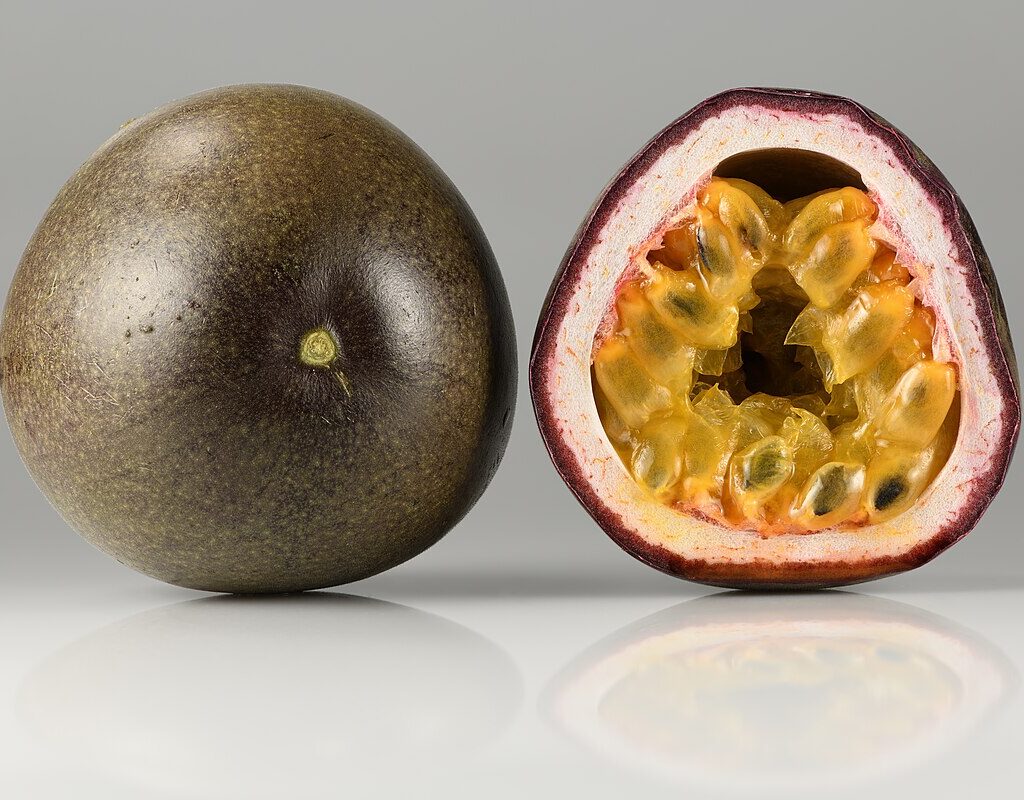
Passion fruit (Passiflora edulis) is native to South America, particularly Brazil, Paraguay, and northern Argentina. Over time, its cultivation spread to tropical and subtropical regions across the globe, with countries embracing the fruit for its sweet-tart flavor, nutritional value, and versatility.
There are two primary types:
- Purple Passion Fruit: Smaller, with aromatic, sweet pulp.
- Yellow Passion Fruit: Larger, with tangier pulp, commonly used for juices and concentrates.
Today, passion fruit is a key ingredient in juices, smoothies, desserts, jams, cocktails, and even cosmetics.
Where Does the World Get Most of Its Passion Fruits?
When it comes to passion fruit production, Brazil stands tall as the world’s leading supplier, followed by Peru, Colombia, Ecuador, and Kenya. Together, these countries produce the vast majority of the passion fruits consumed around the world, whether fresh or processed.
Brazil: The World’s Largest Passion Fruit Producer
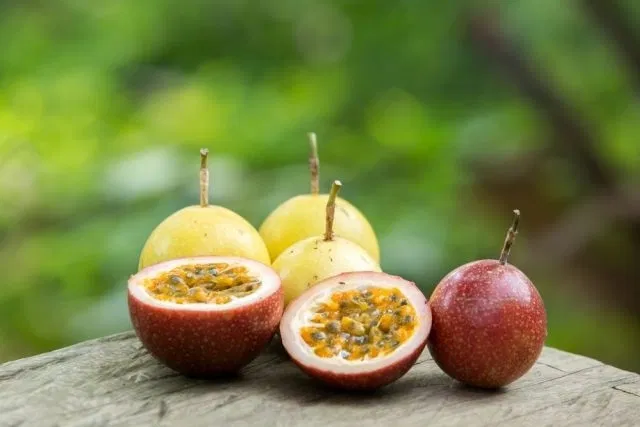
Brazil is the undisputed leader in global passion fruit production, contributing over 60% to 70% of the world’s total supply.
Why Is Brazil Number One?
- Ideal tropical climate: Brazil’s vast tropical and subtropical regions, especially in Bahia, Ceará, Minas Gerais, Espírito Santo, and Pará, offer the perfect growing environment.
- High domestic consumption: Brazilians love passion fruit, using it extensively in juices, desserts, and natural medicines.
- Advanced agricultural research: Brazil has invested in high-yield, disease-resistant varieties and efficient farming practices.
- Processing facilities: With a strong domestic and export market for passion fruit pulp, juices, and concentrates, Brazil remains at the heart of global supply.
Production Volume:
Brazil produces between 550,000 to 950,000 metric tons of passion fruit annually, most of which is consumed domestically, with surplus exported, particularly as pulp and juice concentrates.
Peru: A Major Export Hub
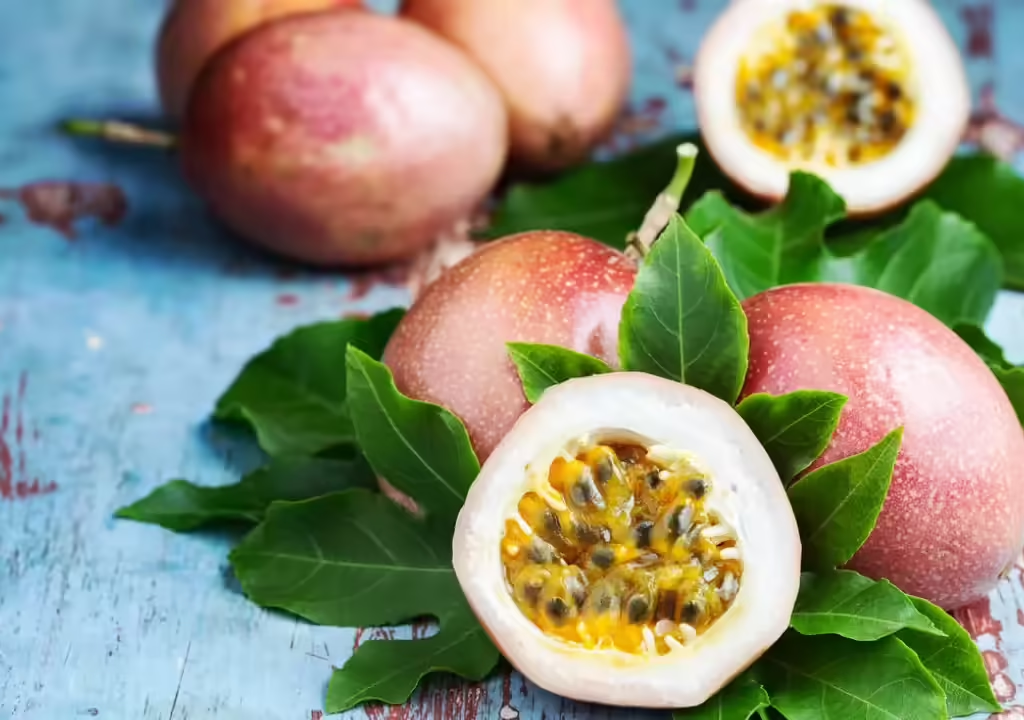
Peru is a key player in the international passion fruit market. While Brazil consumes most of what it produces domestically, Peru’s production is heavily export-oriented.
Why Peru Is Important:
- Focus on export-quality passion fruits
- Modern farms and juice processing plants
- Primary supplier to European markets, especially the Netherlands and Germany
Production Volume:
Peru produces approximately 200,000 metric tons of passion fruits annually, with a large percentage processed into juice concentrates for export.
Colombia: Supplying Fresh and Processed Fruits
Colombia ranks third globally, with passion fruit — locally known as “maracuyá” — grown primarily in its Andean regions.
Strengths:
- Both fresh fruit and processed pulp exports
- Major supplier to Europe, the U.S., and Canada
- Diverse varieties, including the popular gulupa (purple passion fruit)
Production Volume:
Colombia produces about 140,000 metric tons annually and continues to expand export markets.
Ecuador: High-Quality Passion Fruit for Export
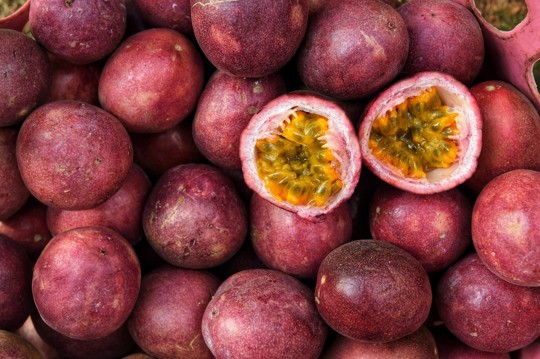
Ecuador has carved out a niche for its high-quality passion fruits, growing both yellow and purple varieties.
Why It’s Significant:
- Strong export infrastructure
- Ideal equatorial climate
- Exports primarily to Europe, the U.S., and Asia
Production Volume:
Ecuador produces nearly 100,000 metric tons each year, mostly for international markets.
Kenya: Africa’s Passion Fruit Leader
In Africa, Kenya leads the way in passion fruit production, supplying both local markets and exporting to Europe and the Middle East.
Key Highlights:
- Cultivation of purple and yellow passion fruits
- High demand in European fresh produce markets
- Increasing export of passion fruit pulp and juice concentrates
Production Volume:
Kenya produces approximately 60,000 metric tons annually, with exports accounting for a significant share.
How Passion Fruits Travel the World
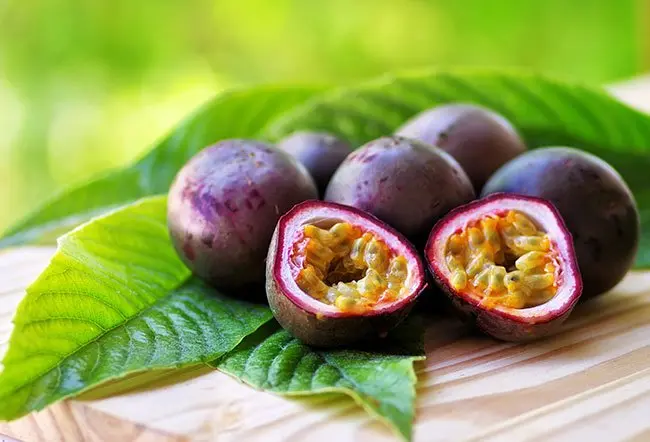
The global passion fruit supply chain is a combination of fresh fruit exports and processed products like:
- Juice concentrates
- Pulp
- Frozen products
- Dried fruit and preserves
Major Importing Regions:
- Europe: The Netherlands, Germany, France, and the UK lead in passion fruit imports, sourcing from Peru, Ecuador, Colombia, and Kenya.
- United States: Sources passion fruit from Ecuador, Colombia, Brazil, and the Dominican Republic.
- Japan and Southeast Asia: Import fresh passion fruits and juice concentrates, especially from South American countries.
Because of the fruit’s short shelf life, much of the global passion fruit trade involves processed pulp and concentrates, making it easier to transport and store.
Rising Global Demand
Global demand for passion fruit has surged in recent years, driven by:
- Health trends: Rich in vitamin C, antioxidants, fiber, and beneficial plant compounds.
- Exotic fruit craze: Increasing popularity in gourmet kitchens, cocktails, smoothies, and wellness products.
- Functional foods: Used in dietary supplements, skin care, and nutraceuticals.
As demand grows, more countries — including India, Vietnam, Australia, New Zealand, and South Africa — are expanding their passion fruit cultivation.
Top 5 Passion Fruit Producing Countries (Annual Production Estimates)
| Rank | Country | Annual Production (Metric Tons) |
|---|---|---|
| 1 | Brazil | 550,000 – 950,000 |
| 2 | Peru | 200,000 |
| 3 | Colombia | 140,000 |
| 4 | Ecuador | 100,000 |
| 5 | Kenya | 60,000 |
Challenges in Passion Fruit Production
While passion fruit farming is profitable, it comes with challenges:
- High perishability: Limits shelf life and increases logistical costs.
- Pests and diseases: Susceptible to viral and fungal infections.
- Labor-intensive harvesting: Fruits must be picked by hand at precise ripeness.
- Price fluctuations: Influenced by weather patterns, crop yields, and export demands.
Countries like Brazil and Peru have made significant progress in developing disease-resistant, high-yielding varieties and improving post-harvest handling.
Conclusion: Where Does the World Get Its Passion Fruits?
To answer the question — where does the world get most of its passion fruits?
The clear answer is Brazil, which produces over 60% of the global supply. While most of Brazil’s yield is consumed domestically, the country also exports processed pulp and juice concentrates worldwide. Following closely are Peru, Colombia, Ecuador, and Kenya, which focus heavily on export markets, supplying fresh and processed passion fruits to Europe, North America, Asia, and beyond.
As global demand rises, more countries are entering the passion fruit trade, but Brazil remains the heart of global production — the origin of the passion fruit many of us enjoy in our favorite juices, desserts, and smoothies.

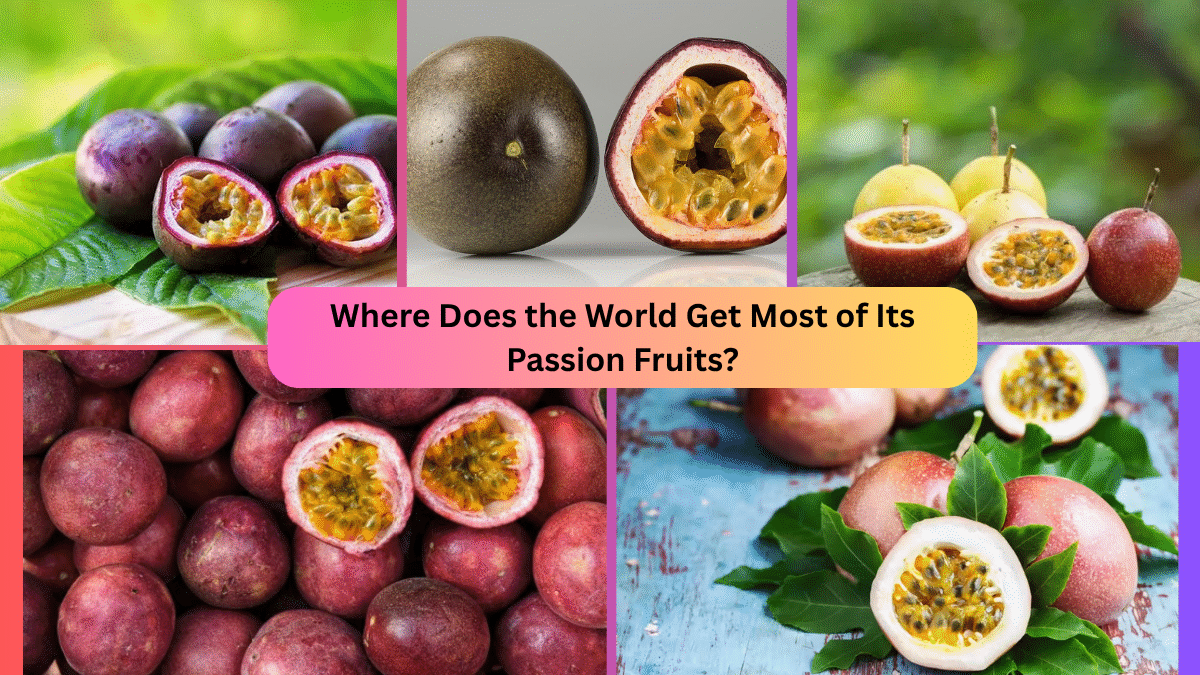
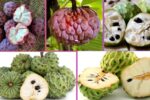
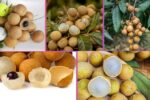
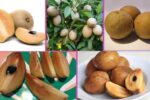
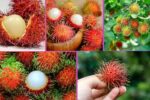
Leave A Comment